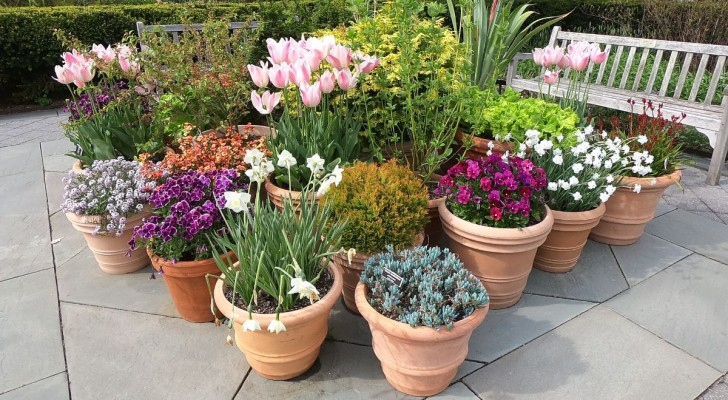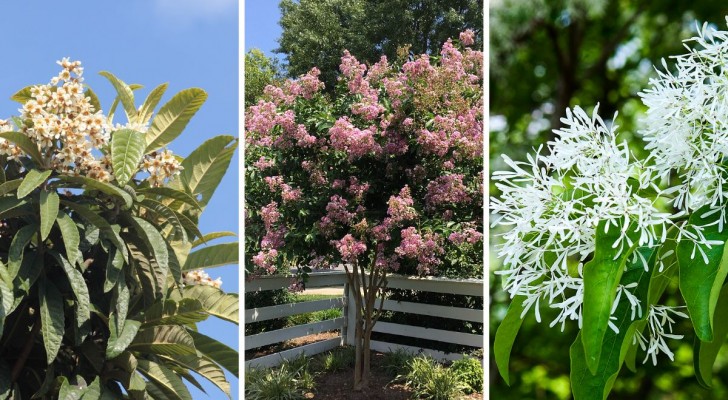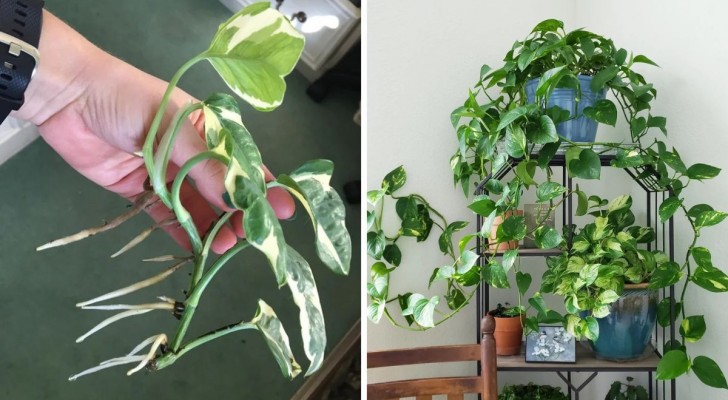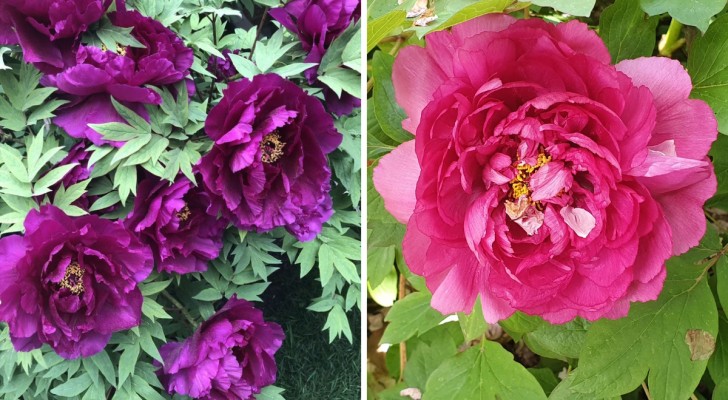Watering the vegetable patch: tips on how to do it and raise strong and healthy plants
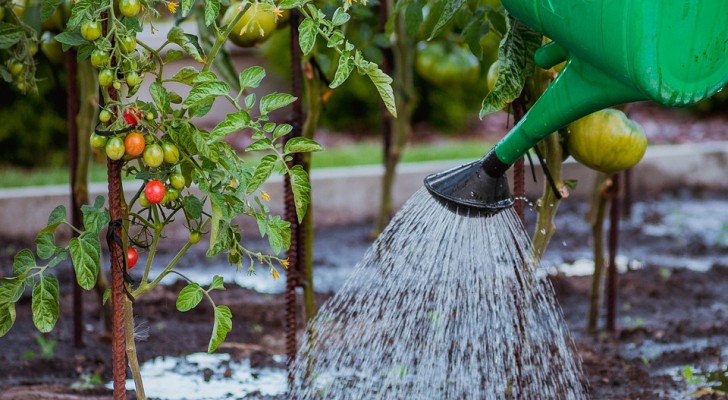
Advertisement
Taking care of plants, especially when it comes to edibles, vegetables and consumable varieties that we grow in the vegetable patch, always requires special attention in many different aspects. Not only the sowing and harvesting periods, or the type of soil and exposure suitable for each plant, but also irrigation is a matter to be studied carefully in each case.
Often, in fact, the excess or lack of water destroys all the other attention we have lavished on the plants. And it is also true that young specimens - which are little more than sprouts - need a different kind of care than plants that have already to enter maturity. Here are some useful tips to keep in mind to keep healthy plants in your garden:
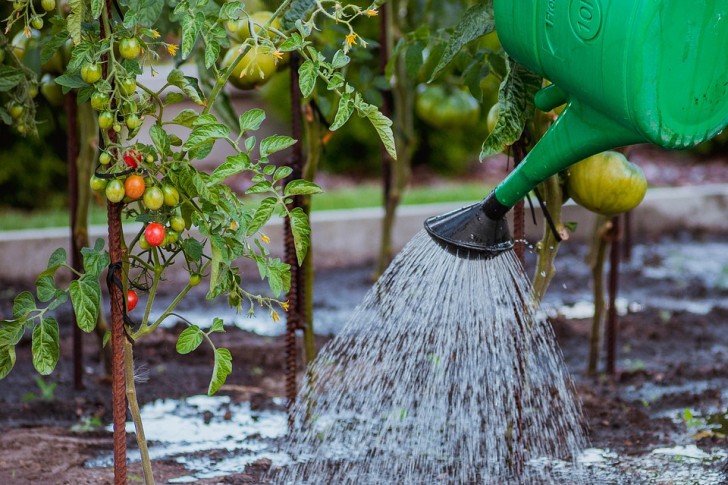
- Freshly sprouted seedlings: If you have sprouted seeds and find yourself with newly sprouted seedlings, you will need to give them constant care. At this stage, the plants do not yet have a well-formed root system that anchors them to the ground and allows them to benefit from the moisture buried deep in the soil. So, you need to check them in the morning and in the evening and see if the soil has dried out: when a dry crust forms, the sprout does not have the strength to make grow. Nor should the soil be flooded, which thereby becomes a fertile area for mold. Therefore, make sure that the soil of the seedbeds and seedlings is always moist.
- Young seedlings: When young seedlings reach several centimeters in height (at least 10/15cm) and have many leaflets, the plants are reasonably strong, but still cannot be watered with strong jets or submerged in water. However, it is better to start reducing the amount of watering to get them used to looking for moisture in at by themselves. So water the seedlings abundantly, but then wait for the soil to start to dry out before returning to water them again.
- Especially in the case of plants that are not very robust or in stages that they are still delicate, use aerators on the hose or on the watering can. Best of all, use an aerator that produces a spray that looks like a shower (like in the bathroom).
- Raised flower beds and large planters or pots: when the plants, even mature ones, are grown in containers and not in the ground, they will need to be watered more often than the others. Therefore, during hot periods, also check every day if, below the first few centimeters of top soil, there is any residual moisture. When this is not the case, it is necessary to water them abundantly.
- Do not put water to the leaves, but always water around the stem, and directly on the ground. Also avoid getting (and leaving) soil on the leaves when using strong jets of water.
- For adult plants in the ground, it is sometimes sufficient to dig small channels along the rows or dig "cups" around the plants themselves to ensure that, when a hose is placed on the ground, the water is conveyed to these points. The same is true when using automated systems: it is better to avoid dispersing the water on areas where there are no plants sufficiently close enough.
Happy gardening!
Advertisement
